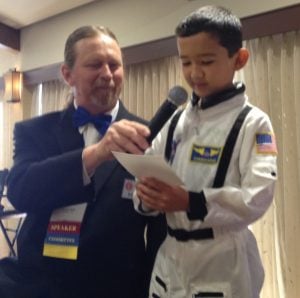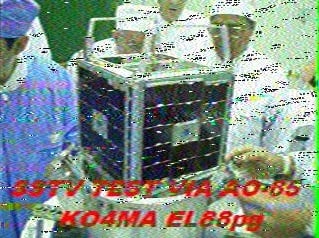AMSAT-NA Vice President, Educational Relations, Joe Spier, K6WAO of Reno, NV, has been elected by the AMSAT-NA Board of Directors as Executive Vice President during a Board Meeting via a conference call that took place on August 8, 2017. Joe’s new duties will include implementation of AMSAT-NA’s Strategic Planning. He will continue in his other duties as 2017 Space Symposium Chairman, AMSAT News Service Co-Editor, ARISS-NA Education, and Educational Relations until new personnel can be appointed or the task assigned is completed.

Under the AMSAT ByLaws, the position of Executive Vice President is one of seven senior officer positions that are approved by the AMSAT Board of Directors.
Included in the ByLaw stated duties, “the Executive Vice President shall act in the place of the President in the President’s absence, and shall have such other duties as the Board may determine.” [Bylaws, Article II, Section 5B].
In addition, the Executive VP is assigned the responsibility of AMSAT External Relations team leader and as acting director of any team leader position that is not filled.
Joe is a Life Member of AMSAT-NA and has served in Educational Relations during the past six years. He also has Life Memberships in the ARRL, SARA (Society of Amateur Radio Astronomers) and the AFA (Air Force Association). He holds an Extra Class license as well Commercial licenses.
AMSAT-NA President, Barry Baines, WD4ASW said, “I extend my congratulations to Joe on his new position of leadership in AMSAT-NA. As EVP, he will be working closely with me on a variety of matters involving various AMSAT departments as we move forward on our strategic planning process as well as day-to-day management of the organization. Joe’s dedication to the strategic planning process will enhance the future of AMSAT-NA.”
[ANS thanks the AMSAT-NA BOD for the above information]



